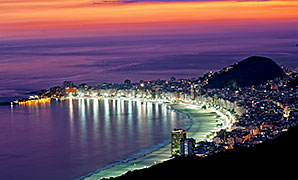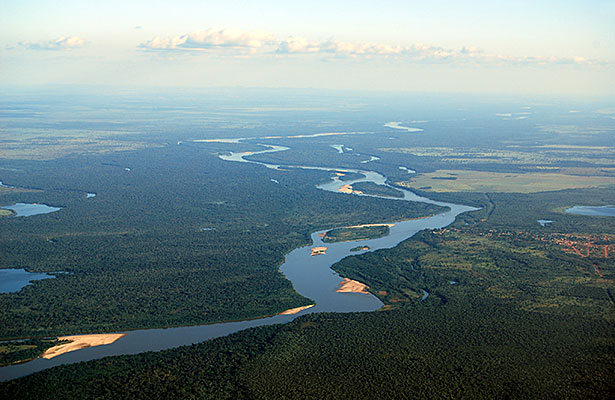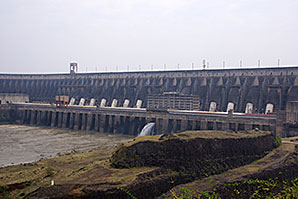Water shortages affect Brazil more than most countries. After China, Brazil is the world’s largest producer of hydroelectric power. Three quarters of Brazil’s power is produced in hydroelectric plants. And consumption is rising: By the year 2050, Brazil will need three times more electricity than now.
The current drought is especially threatening the highly populated regions and cities in south-eastern Brazil, Rio and São Paulo. The Cantareira system, a chain of reservoirs, supplies nearly half of the 22 million people in the greater São Paulo area. The storage reservoirs are only 5 percent filled. Across the country, 17 of the 18 most important hydroelectric plants are reporting lower water levels than in 2001, the year of the last energy crisis, or rather water crisis.
Climate change means that Brazil is threatened by even more frequent dry periods. Fourteen of the 15 warmest years have occurred since the year 2000. According to the World Organization for Meteorology (WOM), 2014 was the warmest year since weather records have been kept. As the air warms, ocean temperatures rise as well, which can have a considerable impact on local weather and especially precipitation. Some regions experience heavy rainfall and flooding, while other regions experience drought conditions.



